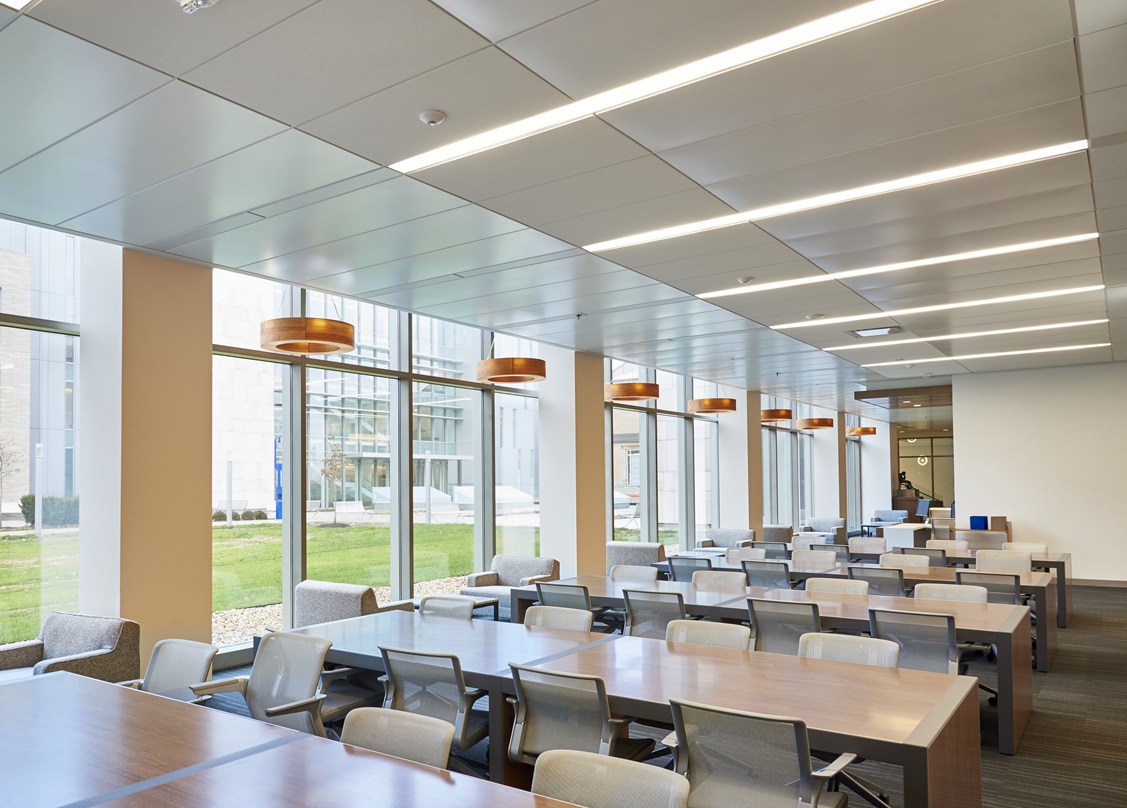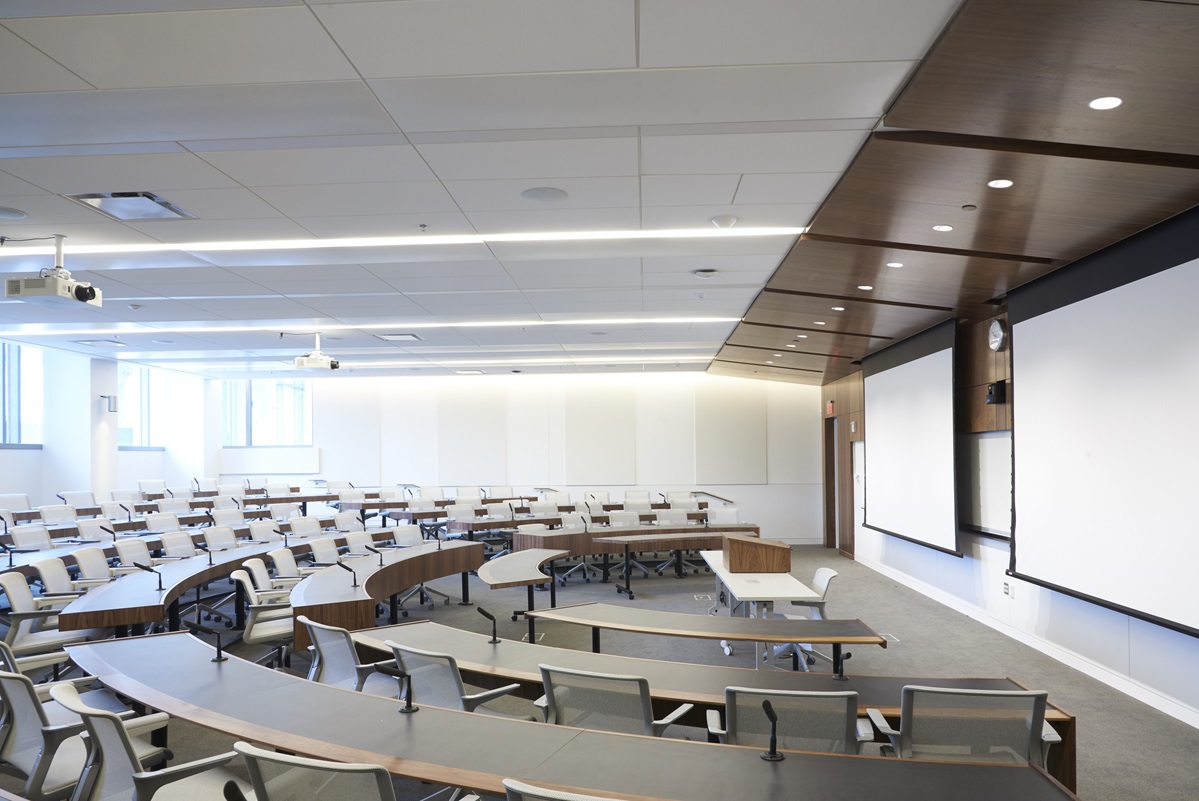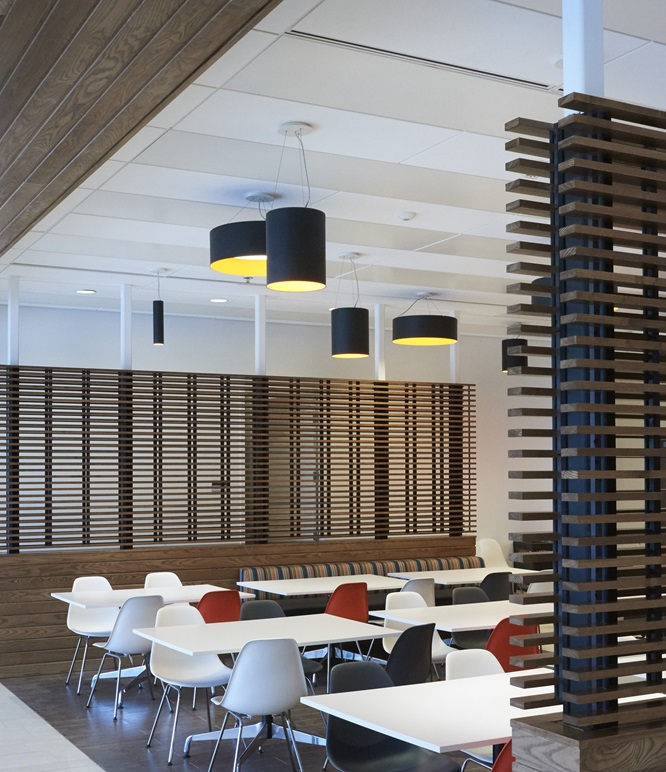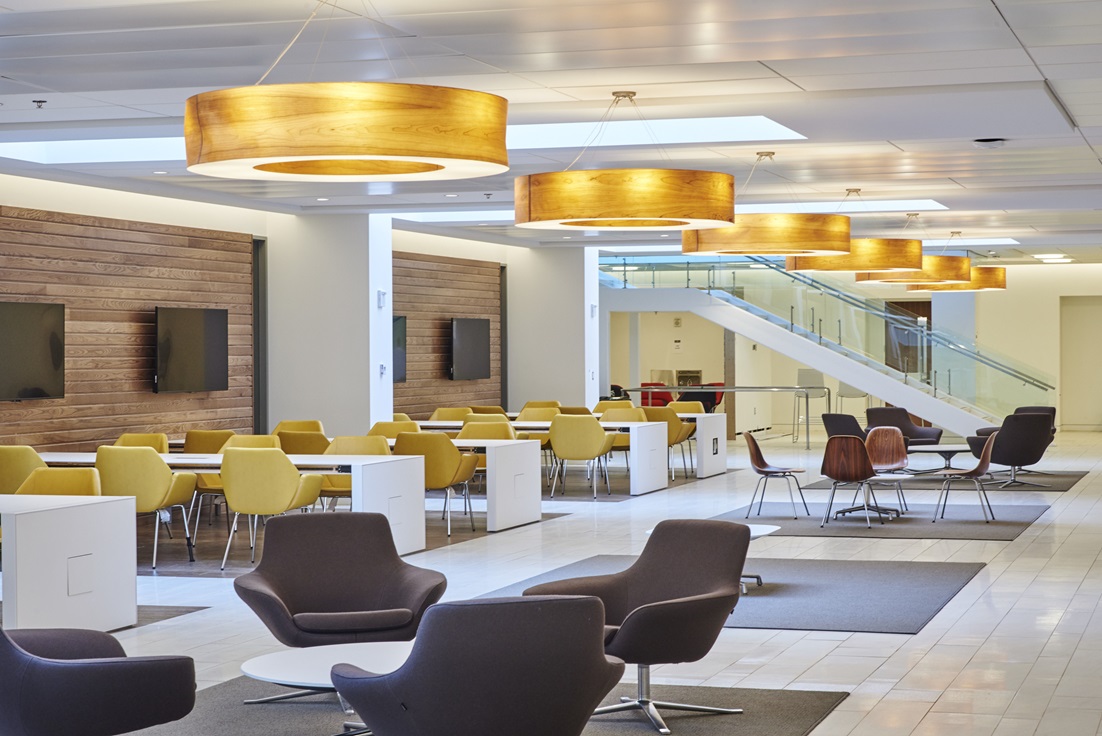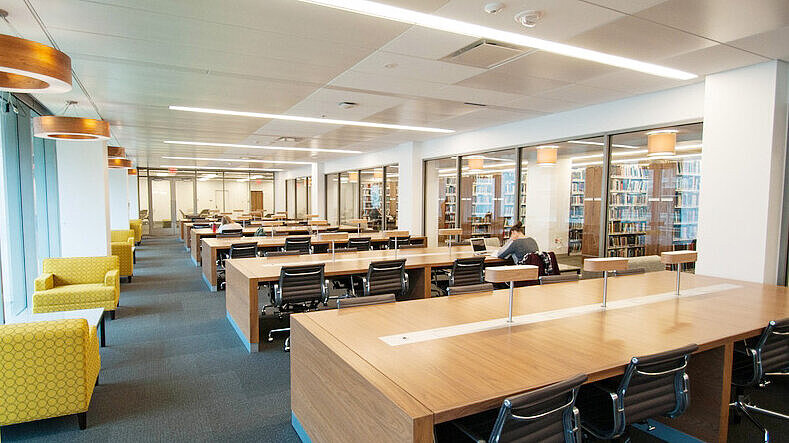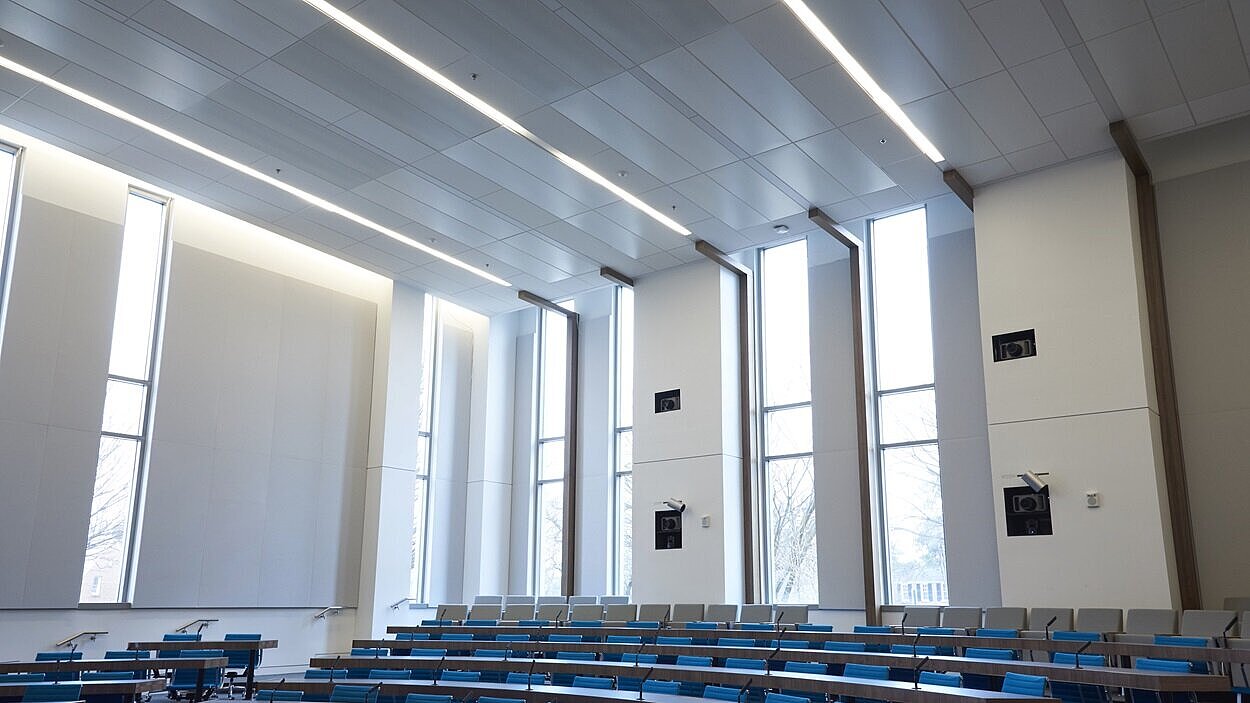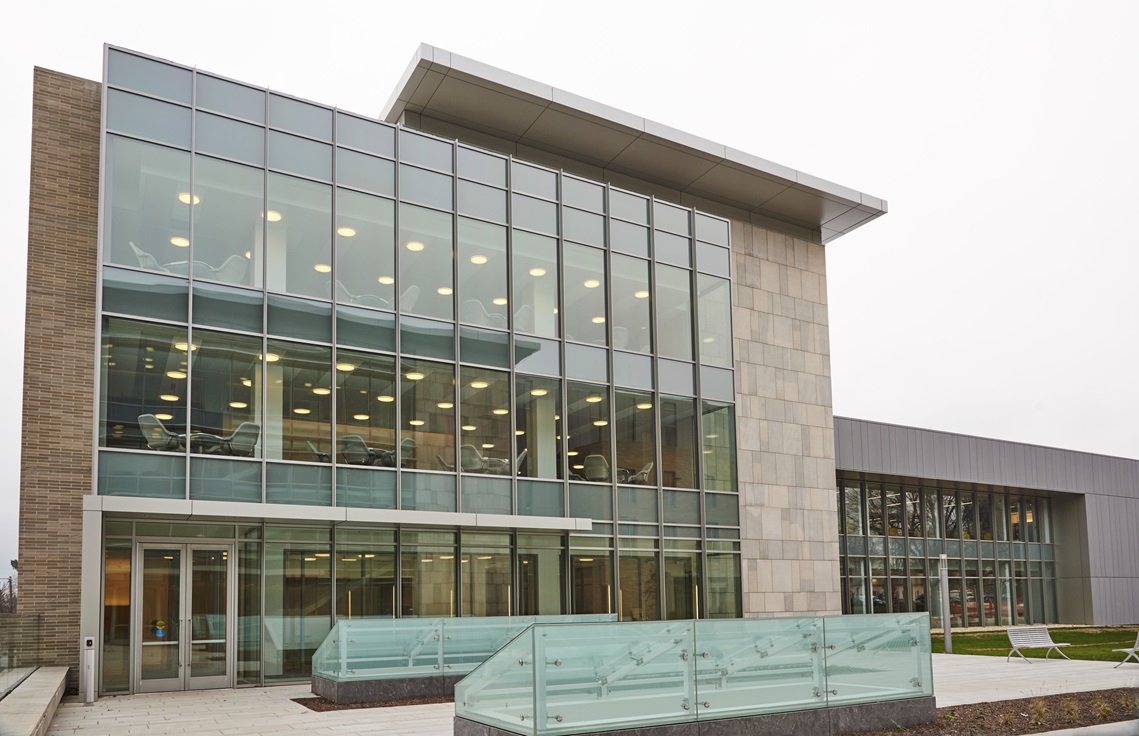
Achieving the Climate Change with Zehnder Rittling
American University meets need for an efficient and cost effective HVAC system. Zehnder Rittling’s Carboline ceiling panels provide a sleek and successful solution. From planning to installation learn more about how radiant ceiling panels create an aesthetically appealing heating and cooling solution.
